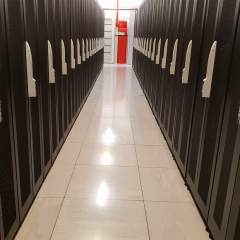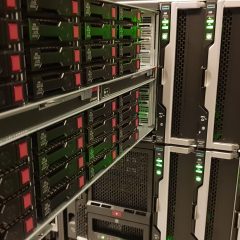VMware View – Using Persona Management
KB ID 0000615 Problem Persona Management, is the VMware version of “Roaming Profiles” and “Redirected Folders” rolled into one. Though the redirected folders bit is a lot easier to set up and less problematic than the Microsoft Folder Redirection policy. Its handy if you using floating pools but still want your users to have a persistent user interface. Having these files centrally makes them easier to backup,...
VMware View – Windows Pool ‘Stuck’ on Customizing
KB ID 0000646 Problem While trying to deploy a Windows XP Pool yesterday, I hit upon this problem. Windows 7 works fine, but as soon as I tried to roll out a Windows XP pool, they stopped like this; After a couple of hours, the whole operation timed out, and each machine shows as; Status {Date}{Time} o’clock {Time-Zone}: Customization operation timed out I tried to deploy the pool with both ‘quick prep’ and...
Trend Micro (Worry-Free Business Security) Cannot Remove Agent
KB ID 0000630 Problem While working on a badly Malware affected server the other day, I tried to resurrect the Trend Micro Security Agent. It refused to run, so I attempted to remove it. Then I could reinstall it cleanly. (I knew the password that it required for removal). However this it what happened when I tried; Trend Micro Worry-Free Business Security Agent Setup Unable to Uninstall An error has stopped the removal of the Trend...
Installing the HP Power Agent on ESX
KB ID 0000275 Problem Assuming you already have the HP Power Monitor installed on another server (Windows or Linux) and you want to add the ESX server as a device. Solution 1. Download the HP Linux Power Agent i.e. hppm40-linux-remote-agt.tar 2. Use a utility like 7Zip to extract the files in the agent to a folder on your computers C drive. 3. Create a username and password on the ESX Server. 4. Install FastSCP on your Laptop 5. File...



